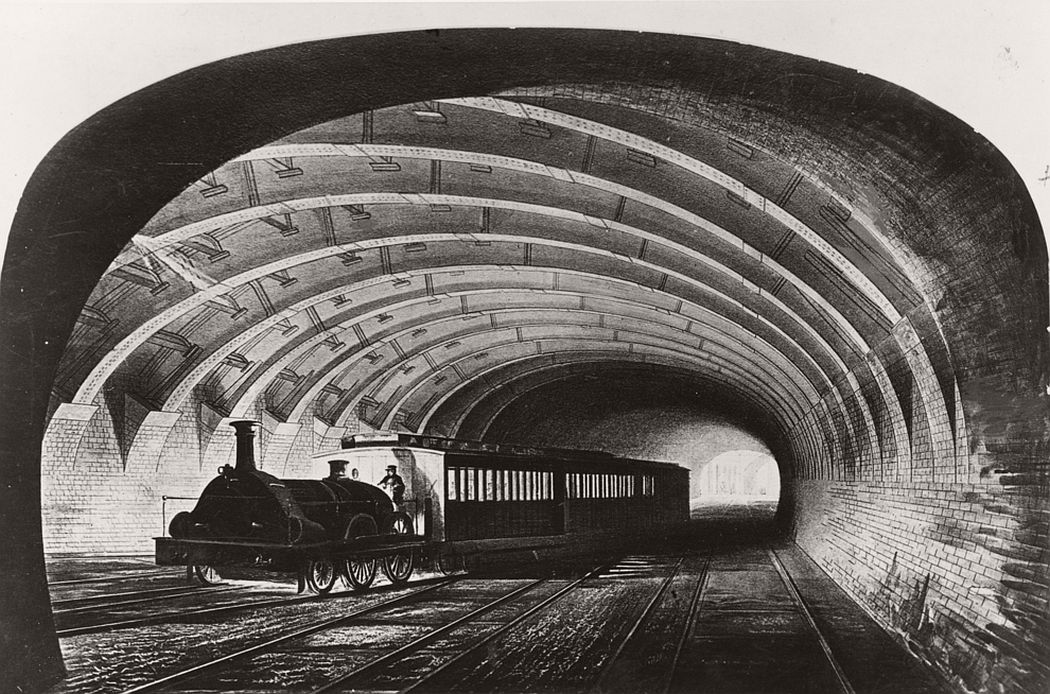The first underground subway line opened in london in 1863 when the civil war was still going on in the united states

The First Underground (Subway) Line Opened in London in 1863

In an era when the United States was embroiled in the Civil War, a groundbreaking development was taking place across the Atlantic. The city of London was about to witness the birth of something that would transform urban transportation forever - the opening of the first-ever underground railway line.
The Birth of Subways
On January 9, 1863, the world witnessed a transportation revolution as the first underground line officially opened under the bustling streets of London. Aptly named the Metropolitan Railway, this line stretched from the central district of Paddington to Farringdon Street, covering a distance of approximately four miles. The railway marked not only a triumph of engineering but also a significant milestone in the way people would move around cities.
A Response to Urban Congestion
During the mid-19th century, London was experiencing unprecedented population growth, leading to severe congestion on its roads. The city’s streets were crowded with horse-drawn carriages, omnibuses, pedestrians, and various other modes of transportation. The need for an efficient and reliable mode of transport became imperative. The concept of an underground railway was proposed to alleviate these congestion problems and ensure smoother and faster journeys for Londoners.
Engineering Marvels
To bring the idea of an underground railway to life, engineers faced several daunting challenges. They had to overcome geological obstacles, navigate existing infrastructure, and develop innovative construction techniques. The Metropolitan Railway engineers, John Fowler and Benjamin Baker, successfully tackled these challenges by constructing the line using the “cut and cover” method. This involved excavating a trench, building the railway, and then covering it back up, leaving only the stations visible.

A New Era of Public Transportation
The opening of the Metropolitan Railway in London marked the birth of mass rapid transit systems worldwide. This railway, which initially operated steam-powered trains, made a significant impact on urban mobility, influencing the future development of underground railways not only in London but across the globe.
Legacy of the Underground
The success of the Metropolitan Railway paved the way for further expansion of the London Underground network and inspired the construction of subway systems in other major cities. Today, the London Underground is one of the world’s most extensive and oldest metro networks, ensuring seamless travel for millions of commuters and visitors alike.
Conclusion
In 1863, while the United States was caught in the throes of the Civil War, Londoners were embracing a revolutionary change in urban transportation. With the opening of the first underground railway line, the city set the wheels in motion for a new era of mass transit. The impact of this milestone can still be felt today, as billions of people rely on underground systems to navigate bustling cities across the world.
Source: London Transport Museum
Related Posts
Quick Links
Legal Stuff

